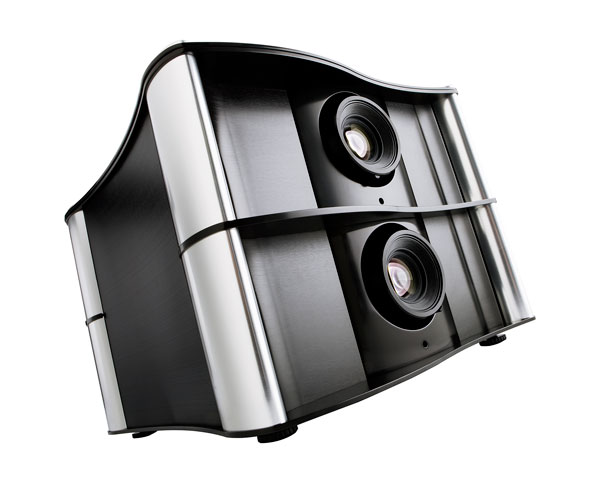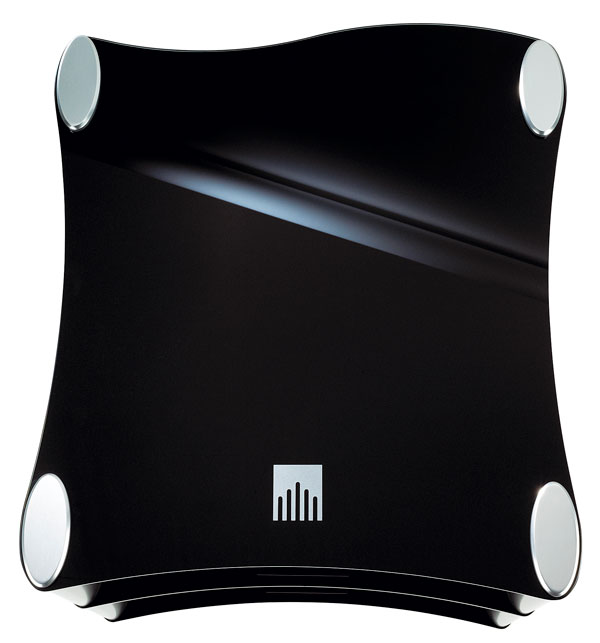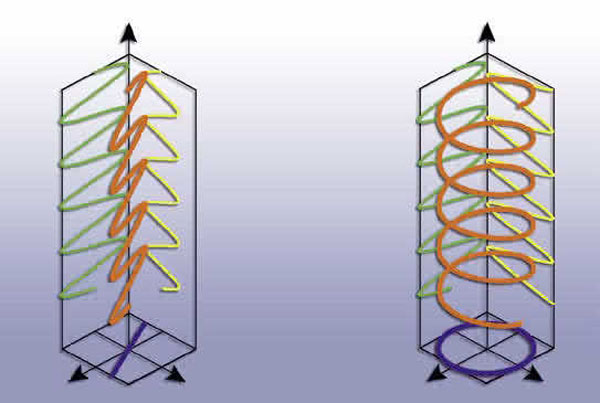Runco D-73d 3D DLP Projector, Part 1

Normally in this blog, I profile extreme products based solely on information provided by the manufacturer, not on personal experience. However, the D-73d projector from Runco is a different storyI got to spend an entire day with it at the company's training facility near Portland, Oregon, where Runco moved after being acquired by Planar. Helping me was Erik Guslawski, eastern regional product specialist, and Bob Williams, chief product architect and recent guest on my Home Theater Geeks podcast.
Because there's so much to write about, I'm going to split this report into several parts. First, I'll cover the features of the D-73d, then I'll focus on my experiences with the projector at Runco, including measurements and watching real-world content.

The D-73d offers a unique approach to 3D front projection. It incorporates two 1080p, single-chip DLP enginesone for the left eye, one for the rightin a single chassis that embodies Runco's curvaceous new Copenhagen design. The illumination source in each engine is a trio of red, green, and blue LEDs, not a white lamp. These LEDs cycle on and off in sequence, much like a conventional color wheel, while the single DLP chip (more properly called a Digital Micromirror Device, or DMD) forms the red, green, and blue portions of the image in sync with the LEDs. However, the LEDs cycle through the colors about 10 times faster than a color wheel, virtually eliminating any rainbow artifacts.
LEDs offer many advantages over UHP or even xenon lamps. Perhaps most important is longevityRunco warrants its LEDs for the life of the projector, which means there's no need to replace lamps every few thousand hours. Also, the color and brightness of the LEDs is far more stable over time than any white lamp. Finally, the color gamut (the range of colors that can be reproduced) is much larger than most lamps can manage.
I've always had my doubts about that last one. Virtually all video content is produced using the SMPTE-C color gamut, which is very close to the Rec.709 (HDTV) gamut, so a display device should reproduce that gamut accurately, making larger gamuts a waste at best and incorrect at worst. However, as you'll see later, my experience with the D-73d has led me to reconsider my position on this, at least under certain circumstances.

The one drawback of LEDs is brightnessthey simply can't output as much light as lamps. This is especially important with 3D, which needs all the light it can get, since so much is lost as it passes through the filters in the projector and/or glasses. No wonder Runco went with a dual-projector design, which doubles the amount of available light.
The D-73d further addresses this concern by using polarization instead of active-shutter glasses to isolate the left and right images, because polarized glasses let more light through than active glasses. And polarization offers other advantagesfor example, a dual-projector polarized system presents a completely continuous, full-resolution image to both eyes, eliminating any chance of active-shutter flickering and the physical discomfort it can sometimes induce. Also, polarized glasses are much lighter in weight, making them more comfortable to wear, and much less expensive than active glasses.
The downside here is that the D-73d requires a special polarization-preserving screena conventional white screen won't work. This adds to the expense of a complete system, especially if you already have a white screen.

If you think you'll be able to use the RealD polarized glasses you got from a commercial 3D movie, think again. RealD uses circular polarization (depicted on the right above), not linear (depicted on the left). What's the difference? See my blog about it here. Imax 3D uses dual projectors with linear polarization, but you can't normally keep the glasses provided for those movies.
Why did Runco choose to use linear rather than circular polarization? According to Bob Williams, linear polarization provides much greater crosstalk rejectionand thus less ghostingwith the viewer's head in a vertical orientation, and linear-polarization filters are less expensive than circular ones.
What about the fact that ghosting becomes obvious if you tilt your head with linear polarization, but not with circular polarization? Even some active-glasses displays suffer from the same problem (e.g., Sony), while others simply go dark if you tilt your head (e.g., Samsung). LG is making a big deal about this with its new circular-polarized 3D TVs, running ads showing a viewer wearing 3D glasses while lying on his side.
Williams' response is that viewing 3D with a head tilt greater than 5 degrees in either direction causes the eyes to aim in a very unnatural way, which quickly leads to headaches, so it's not a good idea to look at 3D images while lying down anyway. As long as you keep your head within ±5 degrees of verticalwhich you want to do anyway in order to enjoy 3D content without discomfortlinear polarization provides better crosstalk rejection than circular.
So why did RealD choose circular polarization for its commercial-cinema system? Because a single-projector 3D system includes a polarization switcher that quickly alternates between two polarization states, and this can be successfully accomplished only with circular polarization.
In the next installment, I'll finish my summary of the D-73d's features, after which I'll reveal the results of my measurements and real-world watching, so stay tuned!
























































